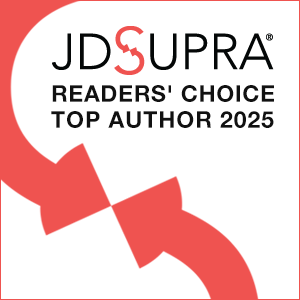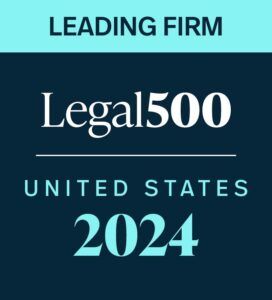by Jeffrey Holdvogt, Diane Morgenthaler and Adrienne Walker Porter
The Internal Revenue Service recently announced cost-of-living adjustments (COLA) to the applicable dollar limits on various employer-sponsored retirement and welfare plans for 2013. Although many dollar limits currently in effect for 2012 will change, some limits will remain unchanged for 2013. McDermott Will & Emery has prepared a chart of these 2013 COLA changes.
To read the full article, click here.
read more


 Subscribe
Subscribe




